You are here
Back to topEMI Recommend External Circuit_Conduction
Electromagnetic compatibility (EMC) can be divided into two parts, which means the emission and immunity ability for device. There are many standards defined the limitation for emission (EMI) and immunity (EMS).
The first is electromagnetic interference (EMI). When the device is working, due to the disturbance may degrade the performance of the circuit or even stop it from functioning. This disturbance needed to be suppressed. The other part is electromagnetic susceptibility (EMS), Which means even if the device is subjected to EMI, it can also work normally or will not cause problems such as malfunction.
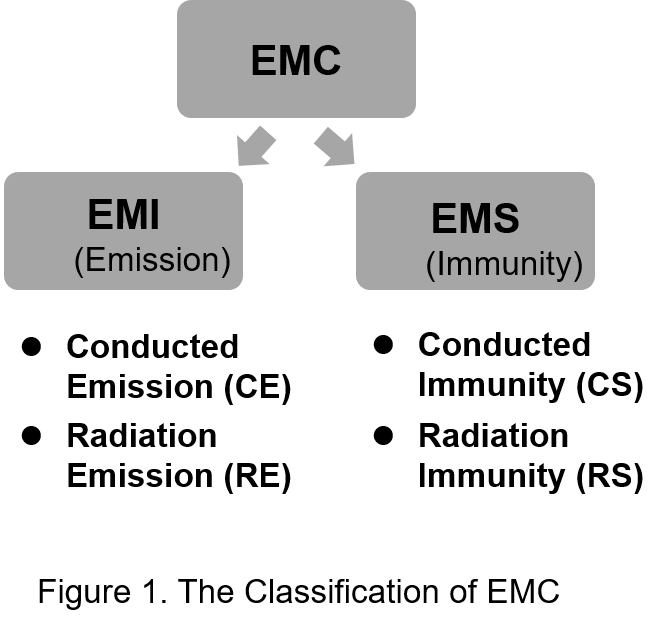
Electronic device needed to meet the specifications of EMI and EMS with different application requirement. which means that the device must include corresponding countermeasures during the design process, whether it requires external components or not.
Below is the common standard for each application.
- Information & Communication Industry (ICT) - CISPR22/32
- Industrial application - CISPR 11
- Railway application - EN50121-3-2
- Automotive application - CISPR 25
Most countries have specific requirements for EMC. Device needed to satisfy the corresponding requirement, and than can be sold in specific countries. Such as CE in the European Union, FCC in the United States, BSMI in Taiwan, 3C in China, VCCI in Japan, and so on.
The electronic circuits of the products are becoming more high density and complex. So, the Electromagnetic interference (EMI) and electromagnetic susceptibility (EMS) become the pain points for designer.
This article mainly discusses how to suppress the conduction part of electromagnetic interference.
1. Common External Circuit for EMI
There are many methods for suppress the EMI, such as PI filter or Common Mode Choke Filter. In addition to the external filter, the PCB layout is also the factor that will affect the test results. This article discusses the combination of filters, and the following shows some countermeasures.
- LC Filter
The main purpose of the filter is to eliminate unnecessary noise. This noise usually related to the disturbance or discontinuity of the loop current. Therefore, suppressing current disturbance is the main purpose of the filter circuit. The common filter included capacitors and inductors.
Figure 2(a) is a low-pass filter commonly used as input filter. It is composed of capacitors and inductors. The main purpose is to suppress high-frequency noise and prevent high-frequency noise from flowing into the power source. Add an extra capacitor to the low-pass filter to become a PI filter, as shown in Figure 2(b).
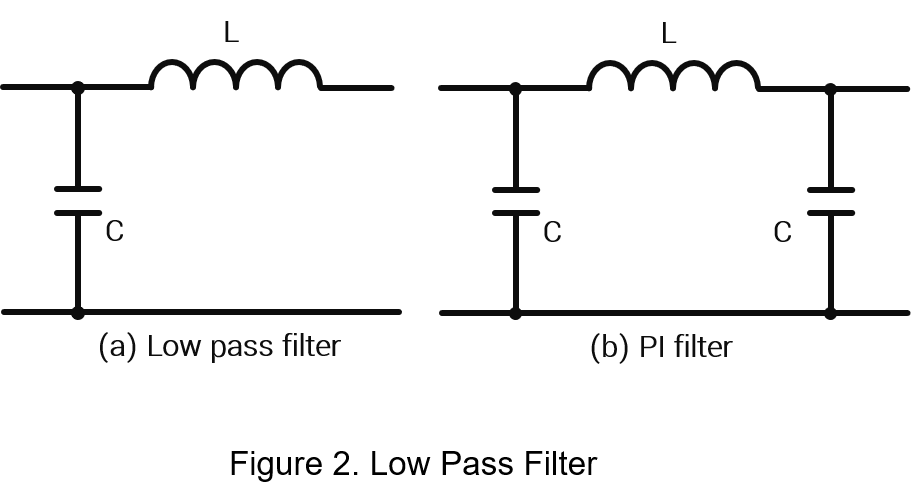
- Common Mode Choke Filter
The common mode choke filter is composed of two capacitors and a common mode choke, as shown in Figure 3(a). The structure of the common mode choke is composed of two coils wound on the same core, which is similar two inductors. As shown in Figure 3(b), when the common mode current flows, the magnetic flux increases, which is equivalent to an increase the inductance. So, the common mode current and noise are not easy to pass. When the differential mode current flows, the direction of the magnetic flux generated by the magnetic core is opposite, the magnetic flux is cancelled, and the differential mode current passes directly.
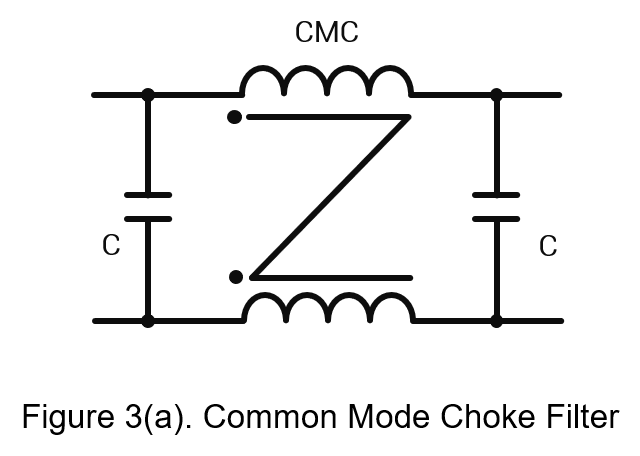
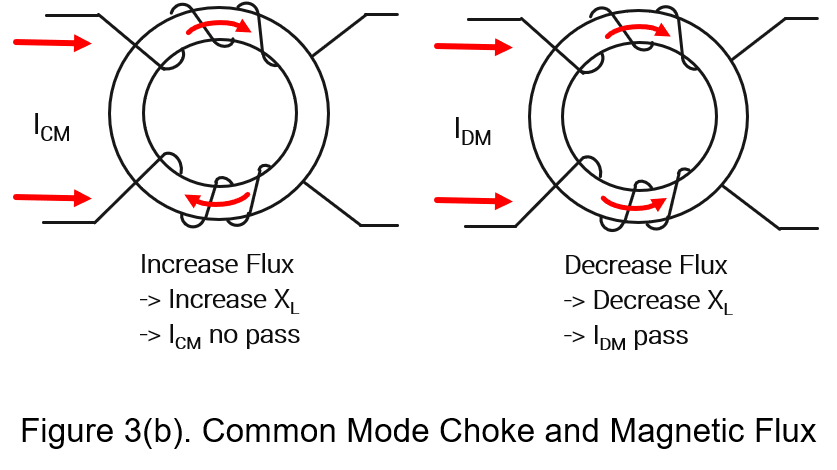
- Hybrid Common Mode Choke Filter
The hybrid CMC filter is a combination of a common mode choke filter and a PI filter. Common mode noise can be suppressed by the common mode filter. The PI type filter can suppress high-frequency noise. Together, it can achieve better noise suppression.
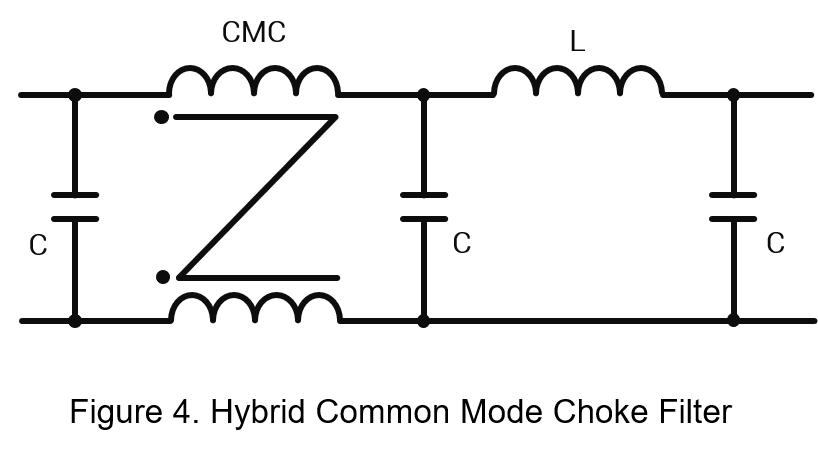
2. Test Result
Next step will use two converters and external filters which mentioned in Figures 2 to 4 to do the test result.
- Converter 1:
Input Voltage: 24V
Output Voltage: 5V
Output Current: 3A
Operation Frequency: 350kHz
Figure 5 shows the test waveform without EMI filter.
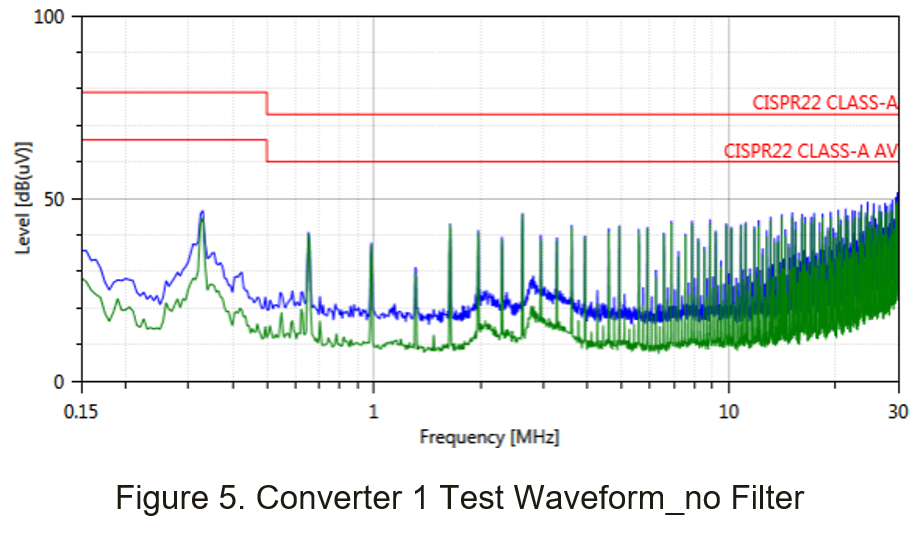
Figure 6(a) is the PI filter for converter 1. The external circuit of C1 and C2 is 4.7uF (50V, 1210, MLCC), and L1 is 4.7uH (TMPA0605S-4R7MN-D).
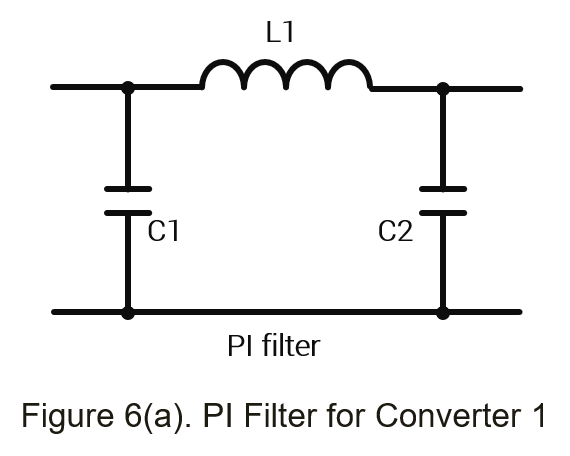
Figure 6(b) is the test waveform. Compared to Figure 5, it can be seen the main frequency and harmonic signals are decreasing, but the signal from 1MHz to 30MHz has no effect.
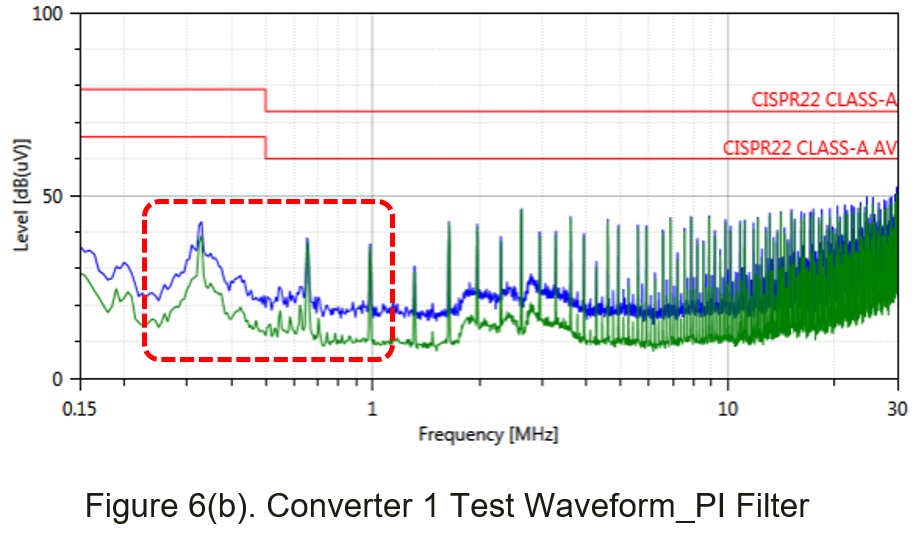
Figure 7(a) is the CMC filter for converter 1. The external circuit of C1 and C2 is 4.7uF (50V, 1210, MLCC), and CMC1 is 1mH (coil size is 16X12X8C).
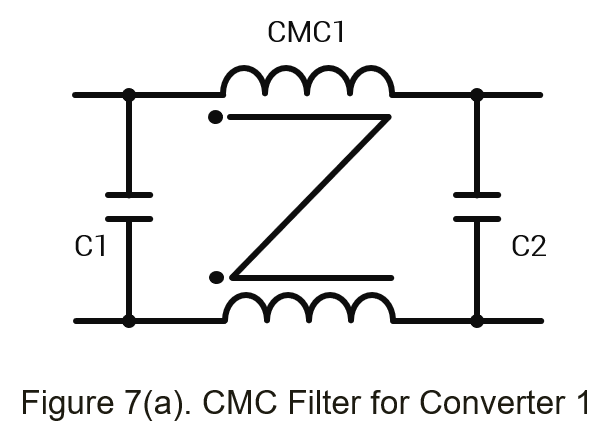
Figure 7(b) is the test waveform. Compared to Figure 5, it can be seen the main frequency and harmonic signals has no effect, but the signal from 1MHz to 30MHz are decreasing.
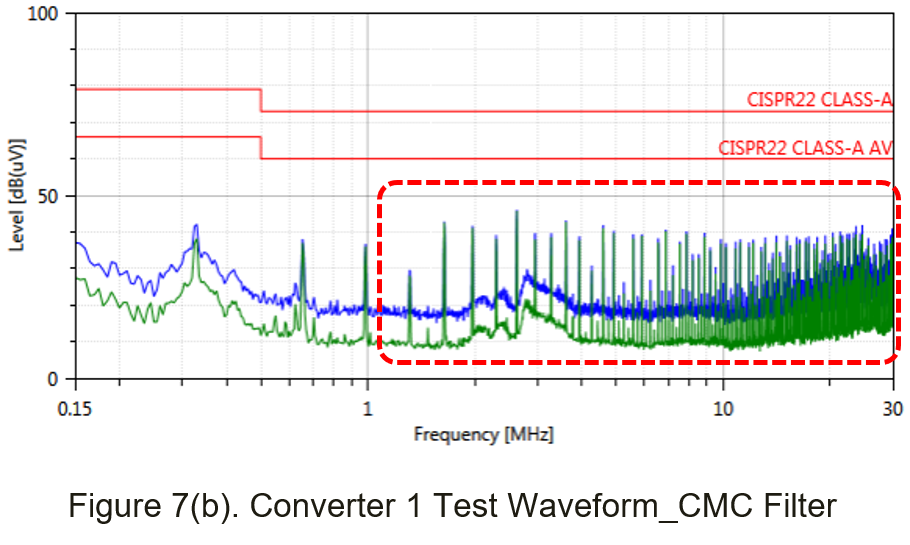
Figure 8(a) is the Hybrid CMC filter for converter 1. The external circuit of C1, C2, C3 is 4.7uF (50V, 1210, MLCC), and CMC1 is 1mH (coil size is 16X12X8C), L1 is 4.7uH (TMPA0605S-4R7MN-D).
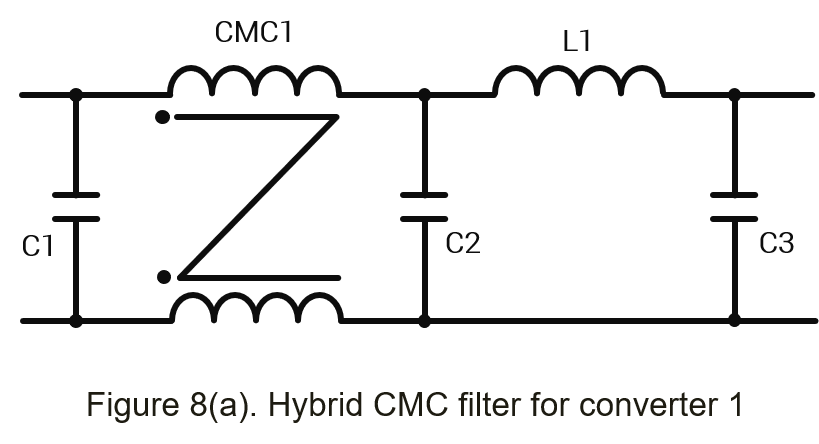
Figure 8(b) is the test waveform. Compared to Figure 5, it can be seen the total waveform are decreasing.
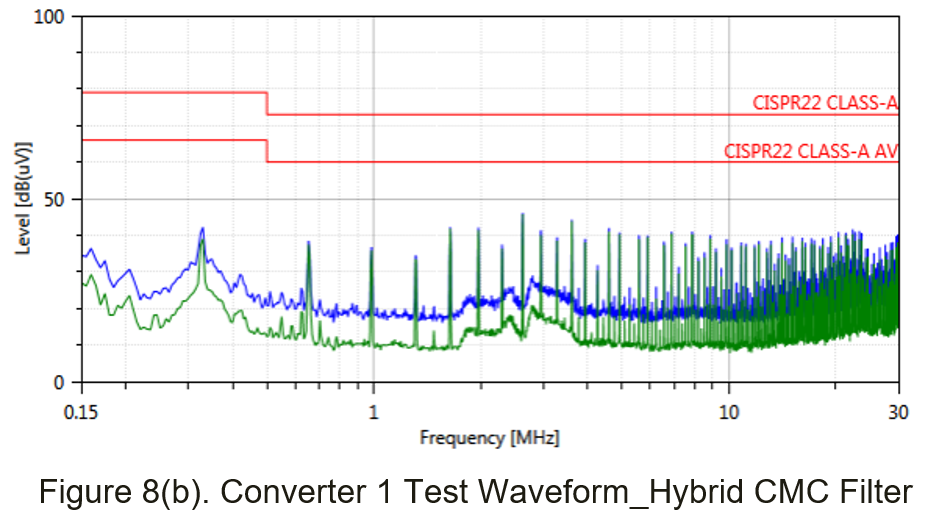
- Converter 2:
Input Voltage: 24V
Output Voltage: 12V
Output Current: 5A
Operation Frequency: 250kHz
Figure 9 shows the test waveform without EMI filter.
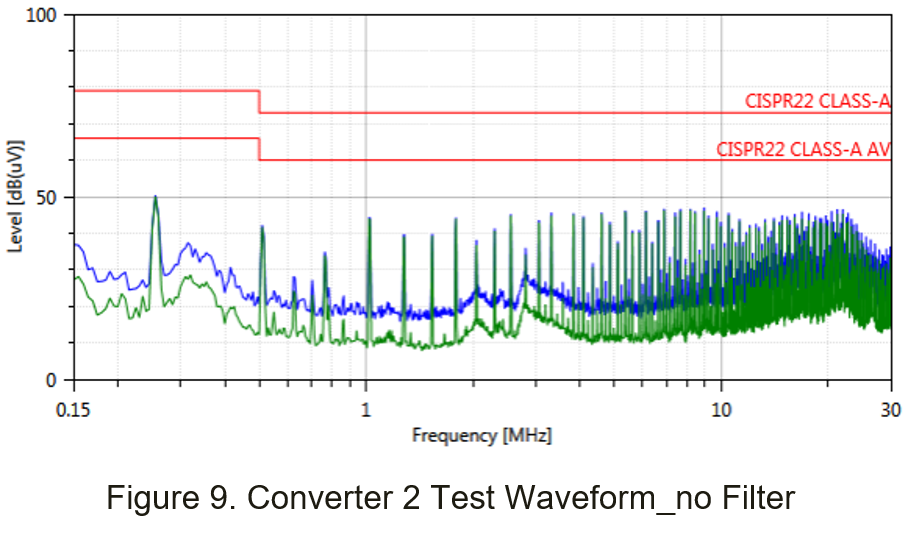
Figure 10(a) is the PI filter for converter 2. The external circuit of C1 and C2 is 10uF (50V, 1210, MLCC), and L1 is 1.5uH (GSTD6030PE-1R5M).
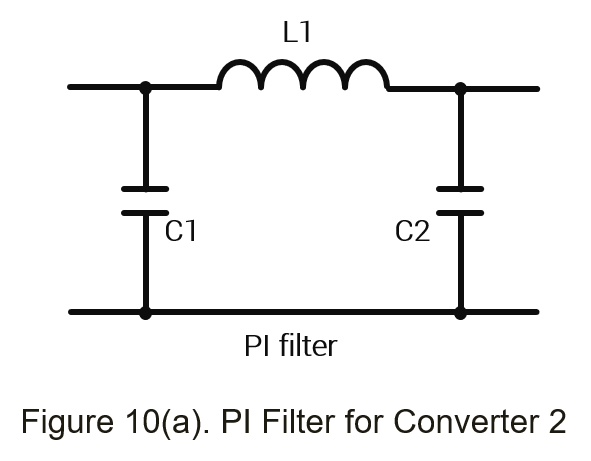
Figure 10(b) is the test waveform. Compared to Figure 9, it can be seen the main frequency and harmonic signals are decreasing, but the signal from 1MHz to 30MHz has no effect.
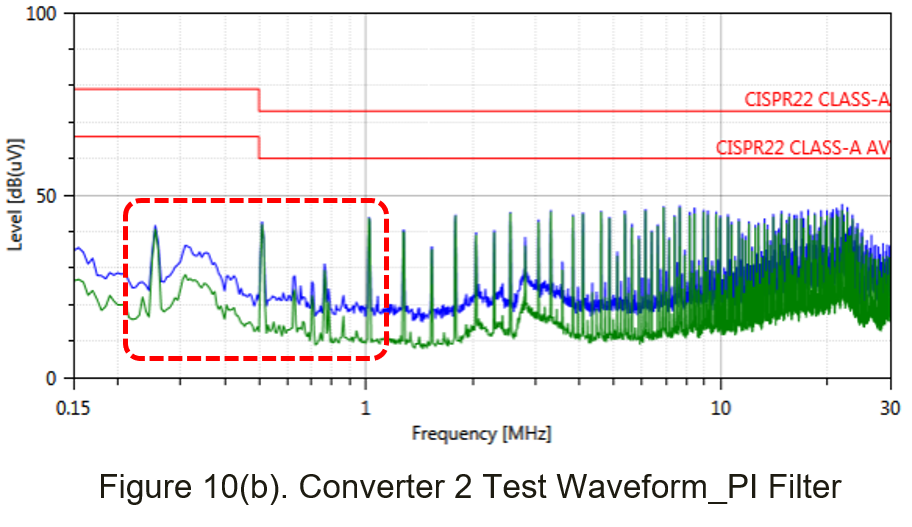
Figure 11(a) is the CMC filter for converter 2. The external circuit of C1 and C2 is 10uF (50V, 1210, MLCC), and CMC1 is 2.1mH (coil size is 20X12X8C).
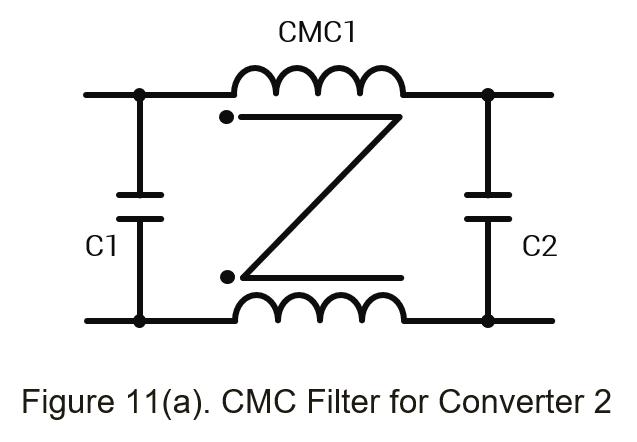
Figure 11(b) is the test waveform. Compared to Figure 9, it can be seen the main frequency and harmonic signals has no effect, but the signal from 1MHz to 30MHz are decreasing.
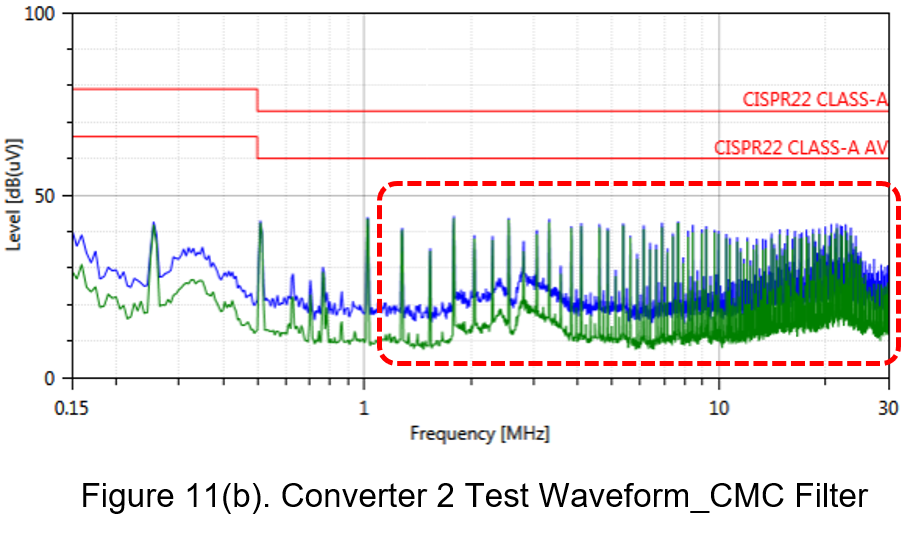
Figure 12(a) is the Hybrid CMC filter for converter 2. The external circuit of C1, C2, C3 is 10uF (50V, 1210, MLCC), and CMC1 is 2.1mH (coil size is 20X12X8C), L1 is 1.5uH (GSTD6030PE-1R5M).
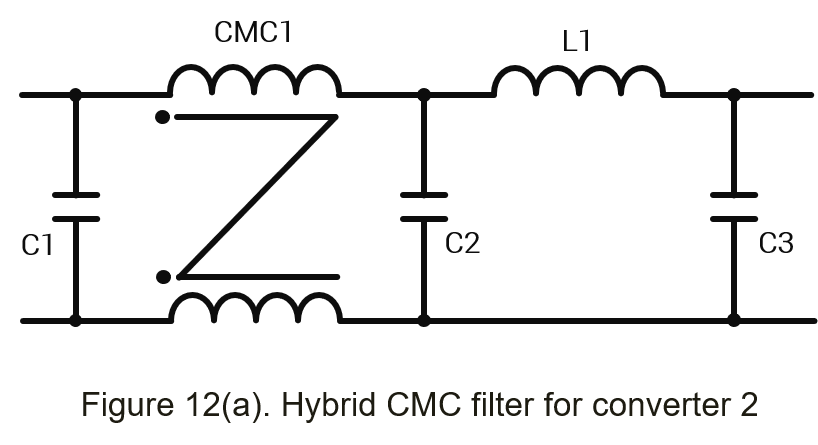
Figure 12(b) is the test waveform. Compared to Figure 9, it can be seen the total waveform are decreasing.
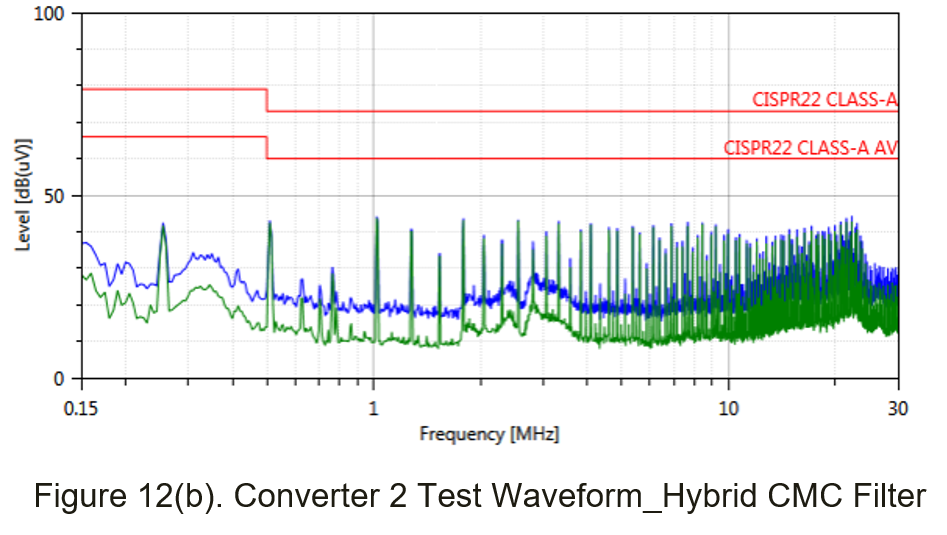
Table 1 shows the summarize of test result and layout space for two converters.
In terms of test result, PI filters are mainly helpful for the suppression of the main frequency and the harmonics, but not so well for the signals from 1 to 30 MHz. However, the easy design and simple parts are the benefit for PI filter. So, the PI filter still popular for current design.
The CMC filter has a better suppressing at 1~30MHz, but limited at main frequency and the harmonics. Therefore, combining the two filters becomes a hybrid CMC filter, which has a suppressive effect on the overall signal. But the disadvantage is that it takes large layout space and need to pay attention to the PCB trace.
| PI Filter | CMC | Hybrid CMC | |
| Performance | Normal | Good | Better |
| Layout Space | Small | Normal | Large |
Summary
Suppressing the EMI of power electronic device has always been a pain point for designers. For the part of conducted interference, this paper shows some test result for three most common filters, and summarize the advantages and disadvantages. Users can refer to the test result to fine or adjust the suitable filter.
CTC is a professional service provider for high-end power supply modules (AC to DC Converter and DC to DC Converter) for critical applications worldwide since 30 years. Our core competence is to design and deliver products with leading technologies, competitive pricing, extremely flexible lead-time, global technical service and high-quality manufacturing (Made In Taiwan).
CTC is the only corporation certificated with ISO-9001, IATF-16949, ISO22613(IRIS), and ESD/ANSI-2020. We can 100% ensure not only the product, but also our workflow and service to match quality management system for every high-end application from the very beginning. From design to manufacturing and technical support, every single detail is operated under highest standard.

